The Zen of Time Travel

I was 18 years old when I took these photos. That was back in 1966 – 50 years ago. I was on the cusp of graduating from the Blackpool School of Art in Lancashire, UK, and the photos were part of one of many photographic assignments I had to complete at that time.
I chose to create a series of photos on everyday street life in nearby Liverpool. Regularly, I would take a buss there and spend hours walking the grey and grimy streets looking for “signs of life” amidst the drudgery – humans going about their normal activities, including mainly children at play in an ocean of grime.
I took hundreds of photos on my even-then antiquated, German-made, Leica focal plane 35 mm viewfinder camera. I wish I had kept more of them as I had no idea at the time how photos taken 50 years ago would look so different – interesting even, in both subject matter and technology. I only changed over to digital photography around 10 years ago.
Back then Liverpool was a very different place. Few cars lined the stone-cobbled streets and children happily played outside. But it was far from ideal. The air was often filthy from the coal-fired factories, and from every house even more acrid smoke rose from their coal-burning fireplaces for much of the year.
On many occasions it was impossible to even take photos as the smog was simply too dense. We used to call them “Peasoupers”, and they were thick, common and deadly because of the traffic accidents they caused.
On a lighter note, The Beatles were here reaching their zenith and if one was quiet enough one might just be lucky enough to hear them through the smog – they used to say to ease the drudge. But I never heard them.
It was a stark and drab backdrop for photography – a time of biting austerity, Peasoupers and rebuilding after extensive war damage. A reoccurring theme that I tried to capture was to somehow juxtapose this great starkness with the hope, fragility and joyous energy emitted from young children playing, blind to their environment. I like to think in many instances I was successful, but I must confess that on many occasions I also failed. Since I was a poor student with only a limited supply of black and white film available, I was often forced to decide quickly whether pressing that mechanical shutter button was even economical or not. Unlike to-days digital cameras whereupon one can be as trigger happy as one chooses: but it did make us good photographers I believe.
After a day’s shooting on those black and white Liverpool streets I would rush back to the sanctity of my School of Art and excitedly develop the 36 exposure roll of film. I was only allowed one such roll, and it was with great anticipation I would hold the roll of negative against the light looking for that perfect moment captured in time.
I mustn’t’ve been too bad at photography as within days of my return to Australia I commenced work at one of Australia’s National commercial TV networks as a photographer and cameraman, where I remained for several years.
I am just happy nowadays that I have found some of my old student-days photos after all these years and looking at them now I really do think they capture bygone moments in time. I am even more amazed I could have ever entertained such thoughts or ideas at such a young age. I probably wouldn’t’ve been able to spell juxtaposed or even know what it meant back then. But photography isn’t about words, and I guess that’s what makes an Art School an Art School.
For any old-time black and white film stalwarts out there, you will probably know what I mean when I say they were taken on FP3 film with a shutter speed of a sixtieth of a second with an aperture setting around f3.5 and printed on grade 2 and 3 Ilford paper.
I hope you enjoy them.
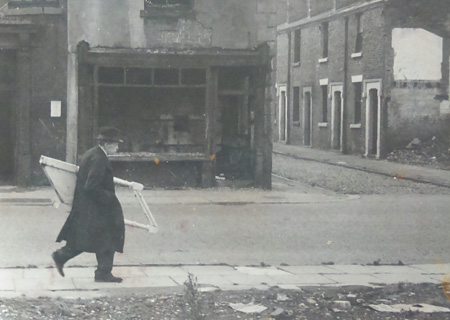

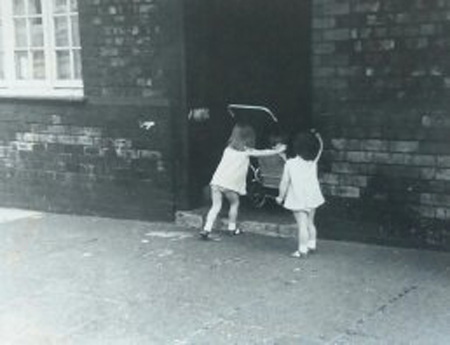
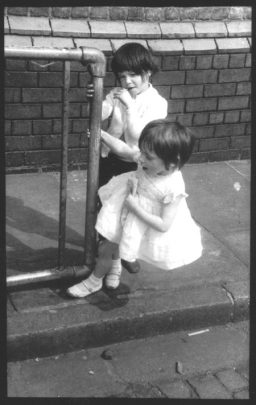
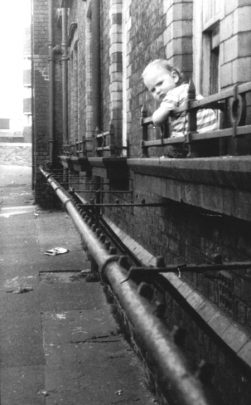
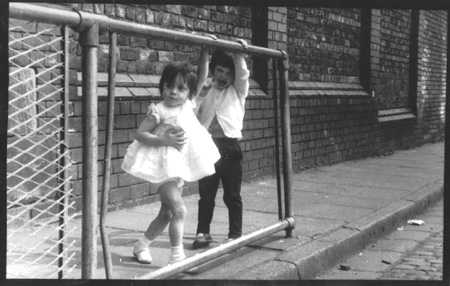
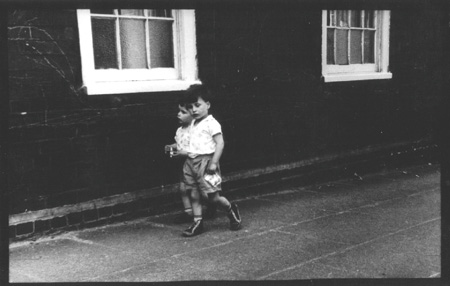

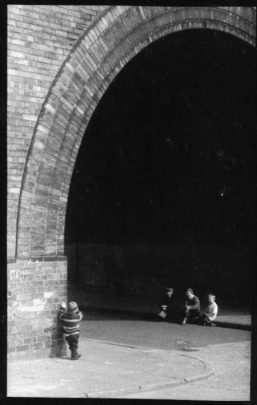
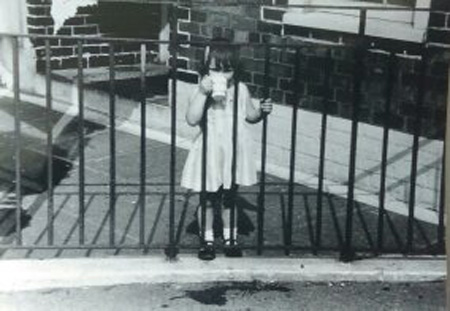
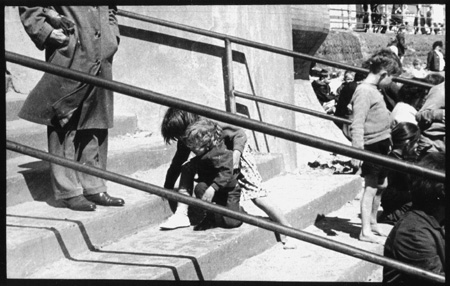








 Proudly Australian owned and operated
Proudly Australian owned and operated